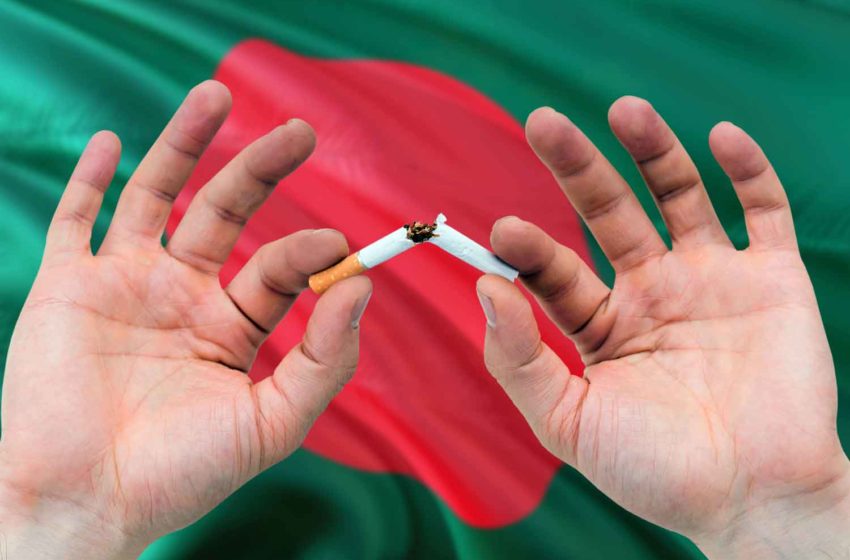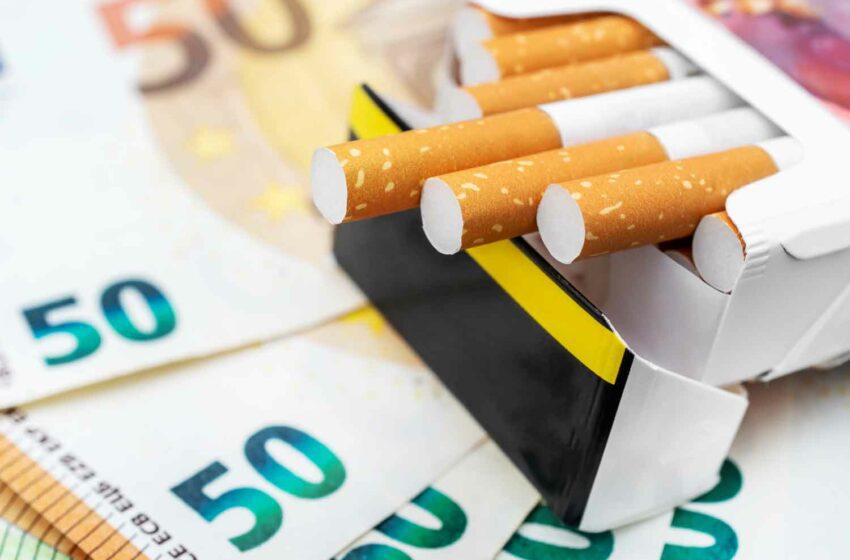Differences in tobacco blends and cigarette manufacturing methods could be impacting the incidences of smoking-associated cancers, according to research published on line yesterday by Tobacco Control.
The researchers measured urine concentrations of metabolites of nicotine, the tobacco-specific nitrosamine 4-(methylnitrosamino)-1-(3-pyridyl)-1-butanol (NNAL), and polycyclic aromatic hydrocarbon metabolites (PAHs) in 238 Chinese and 203 US daily smokers.
Comparing the Chinese smokers with the US smokers, daily nicotine intake and nicotine intake per cigarette smoked were found to be similar.
‘When normalised for cigarettes per day, urine NNAL excretion was fourfold higher in US smokers, while the excretion of urine metabolites of the PAHs fluorene, phenanthrene and pyrene metabolites was 50 percent to fourfold higher in Chinese smokers (all, p<0.0001),’ according to an abstract of the research and findings. ‘Similar results were seen when NNAL and PAHs excretion was normalised for daily nicotine intake.’
The researchers concluded that the differences in carcinogen exposure most likely reflected country differences in cigarette tobacco blends and manufacturing processes, as well as different environmental exposures.
The abstract is at: http://tobaccocontrol.bmj.com/content/early/2014/12/22/tobaccocontrol-2014-051945.abstract?papetoc








